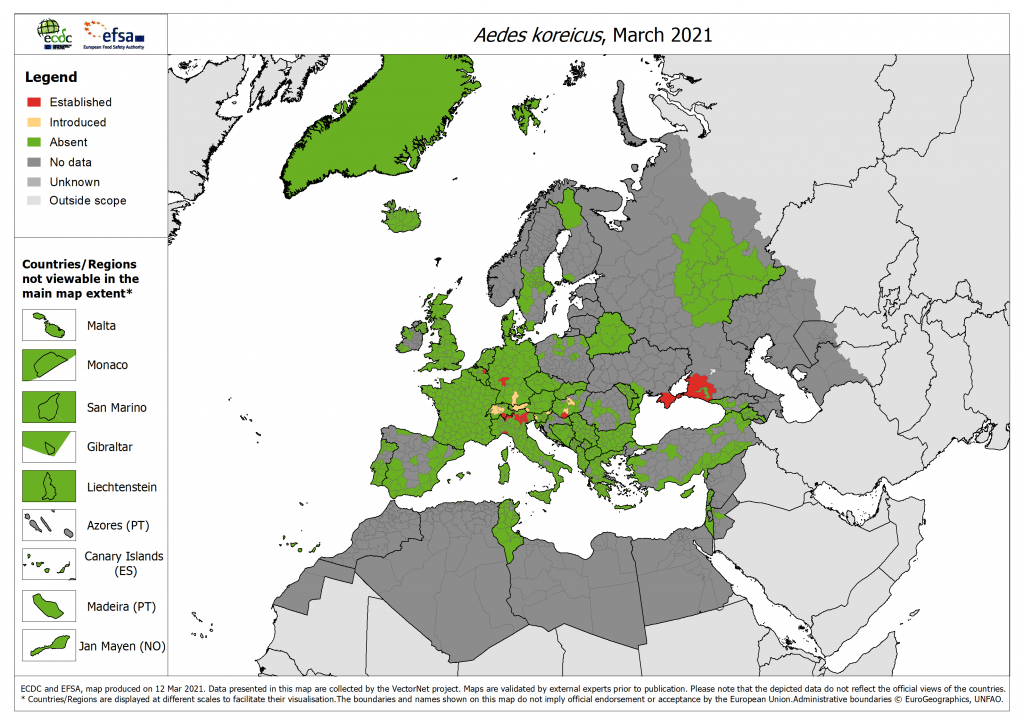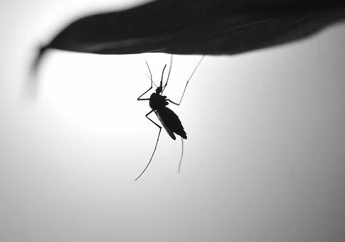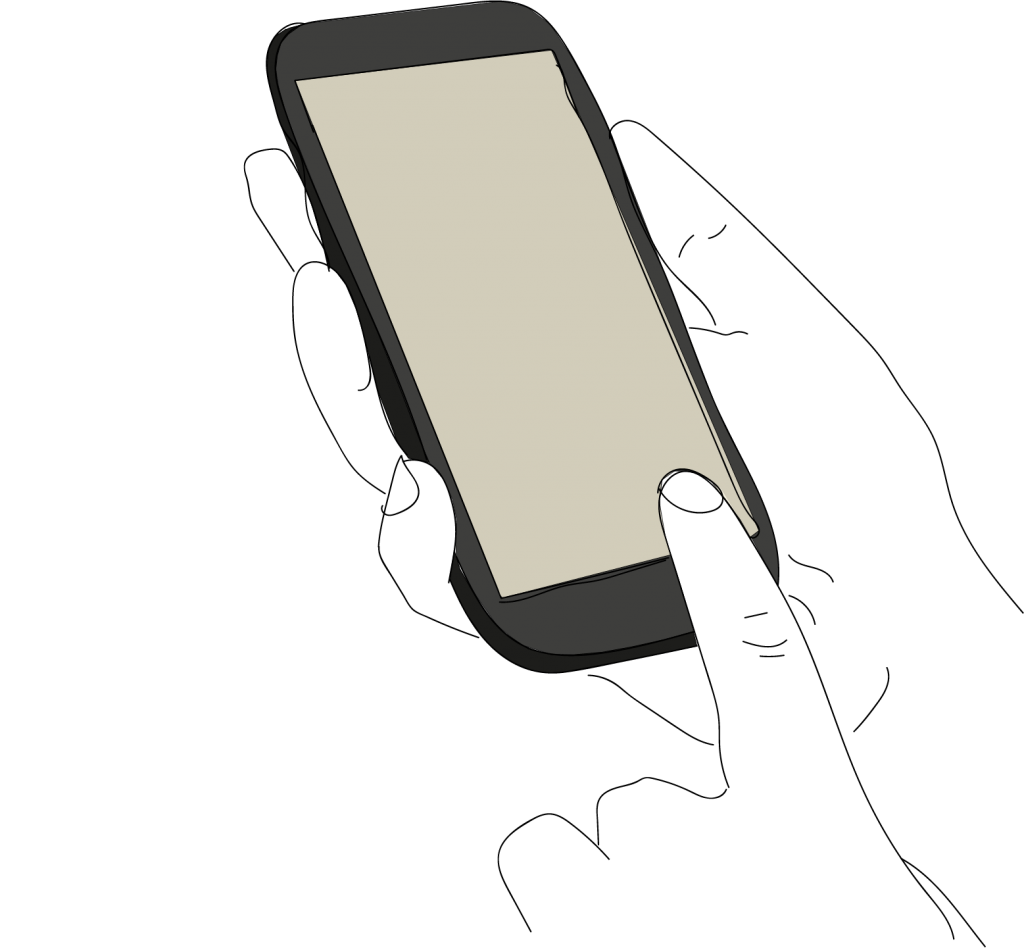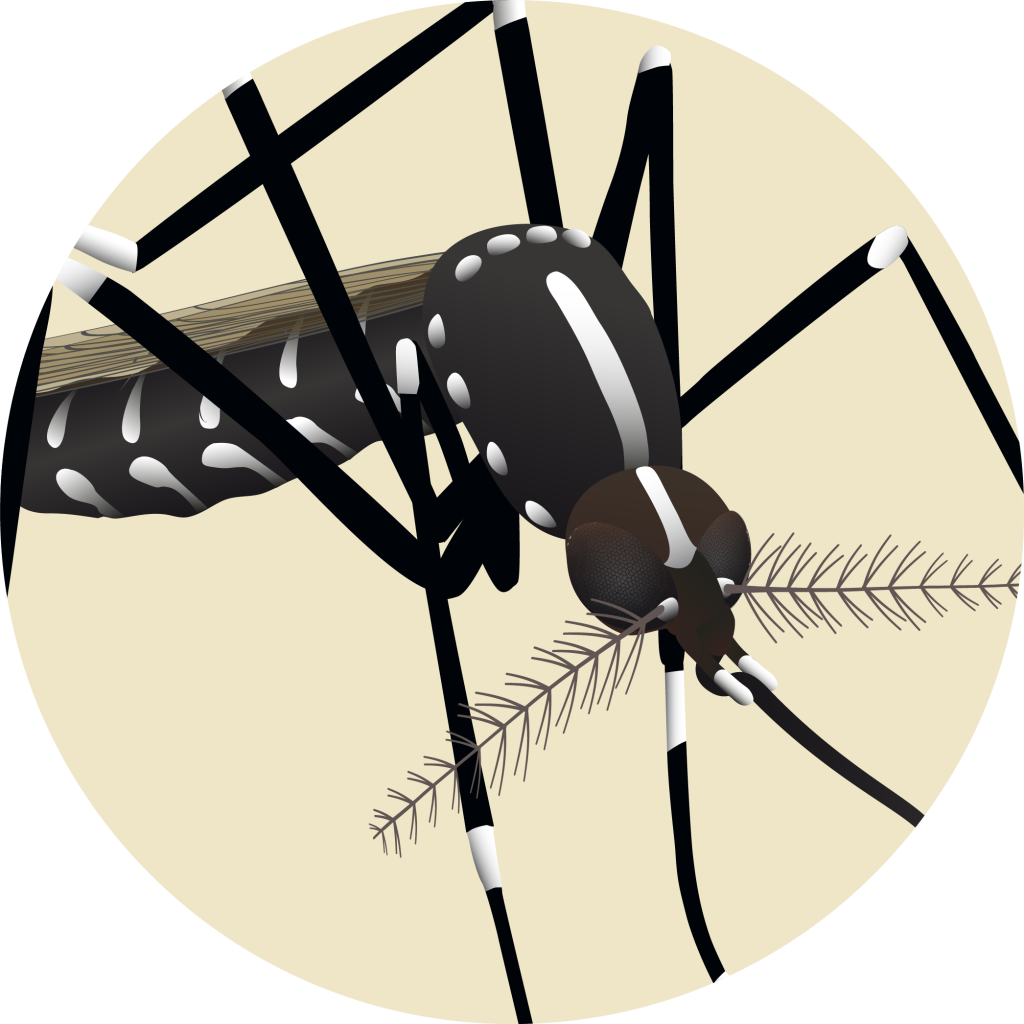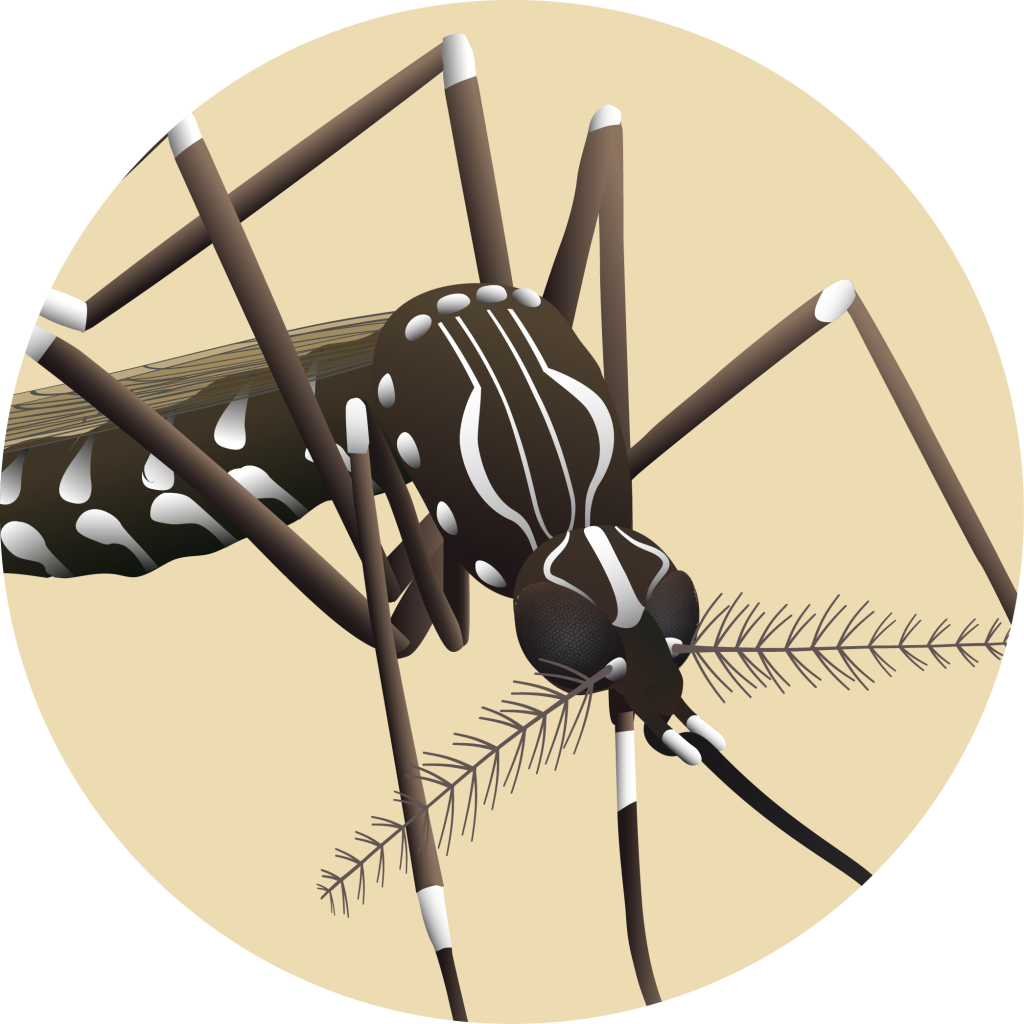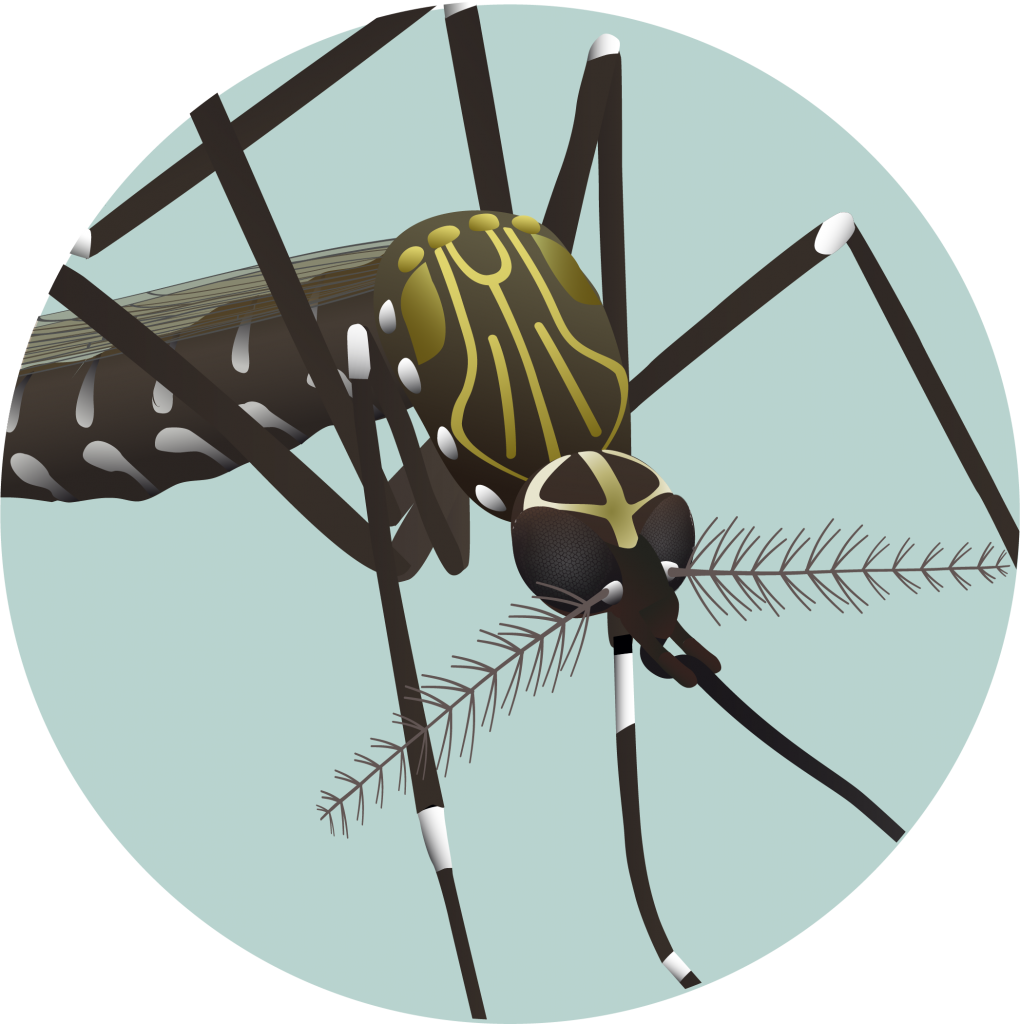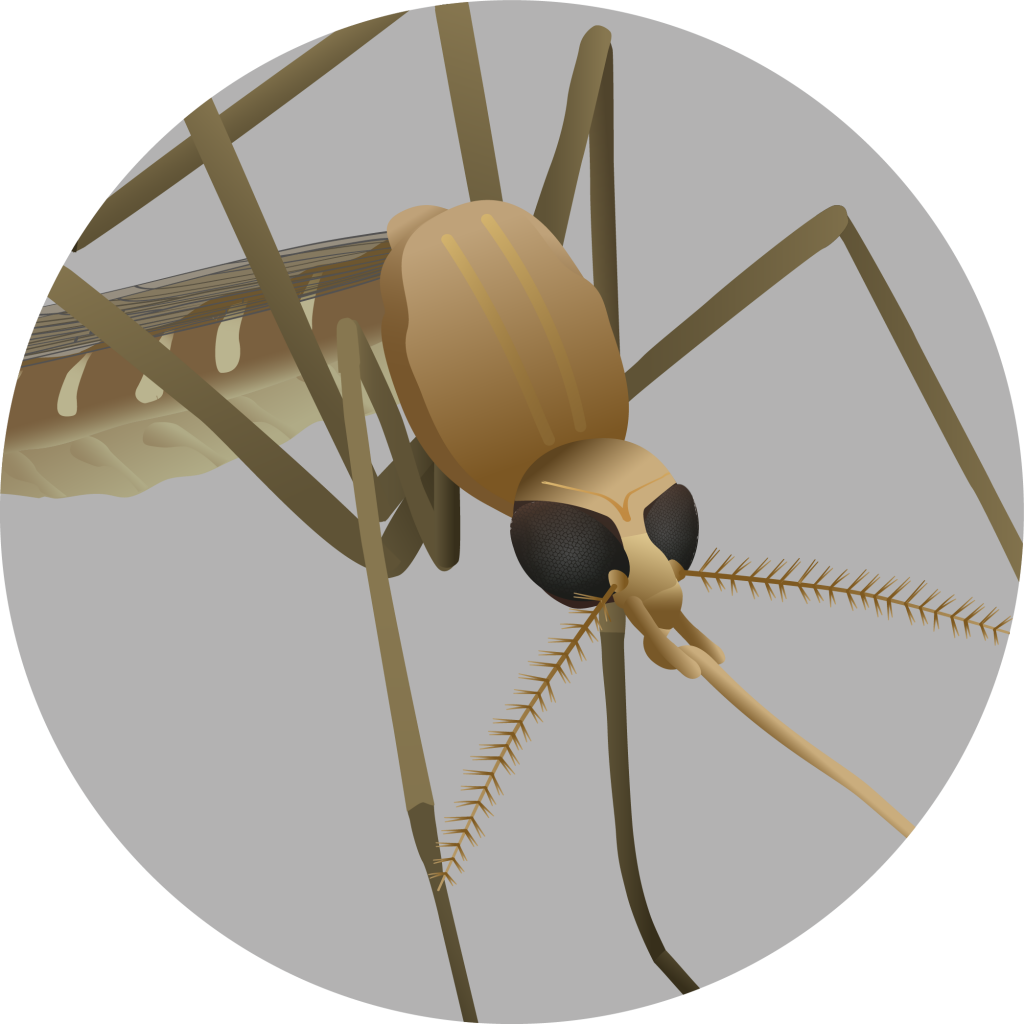Aedes koreicus
Endemic species of Japan, South Korea, Northeast China and eastern regions of Russia. In the last decade it has appeared in some European countries, although the entry route is unknown and very little is known about its current situation.
It was first found in 2008 in a small region of Belgium, and in 2011 it was found in the province of Veneto in Italy. In both cases it is not known how the mosquito arrived. Later populations have been detected in Germany and Hungary.
Not much is known about the species, but its ecological similarity to Aedes japonicus suggests that the species may continue to expand across the continent without problems to overcome Central European winters just as Aedes japonicus does.
What does the Aedes koreicus mosquito look like?
It is a relatively large mosquito compared to the tiger mosquito. Its body is a dark brown color, but lighter than the tiger mosquito. It differs from the tiger mosquito and the yellow fever mosquito by possessing the golden thorax lines (1) instead of the white ones.
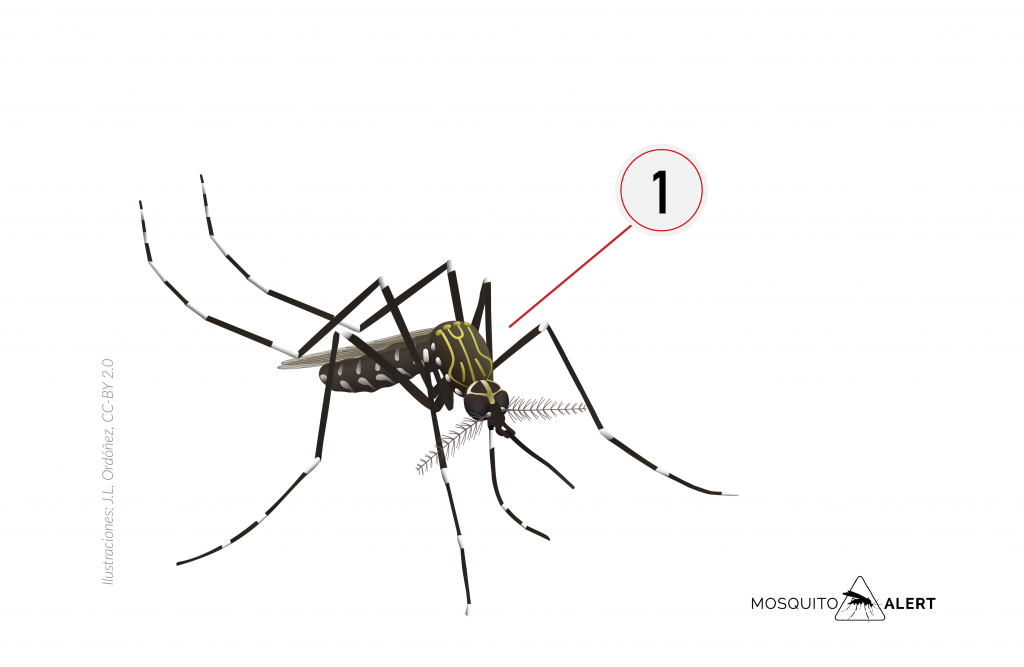
This can lead to confusion with Aedes japonicus, since both have several golden lines, although the design is slightly different: in Aedes koreicus the two secondary lines on both sides of the central one are shorter (1). The other character that makes it possible to differentiate both species is the presence of a white spot on its rear pair of legs (2). In Aedes koreicus, the last segment has a white stripe that gives it a more striped appearance than Aedes japonicus.
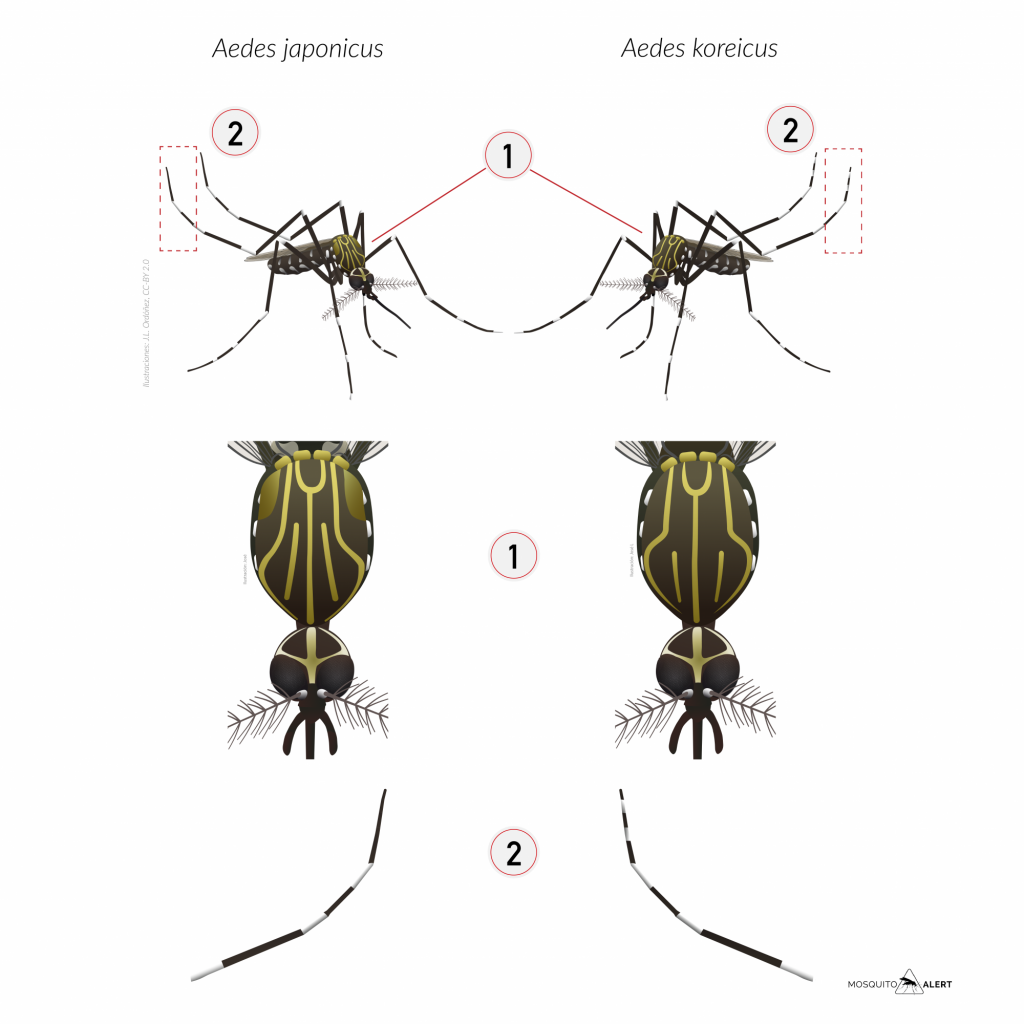
Very little is known of its activity, but stings of the species have been recorded both day and night, although it appears to be more active during the day.
It has been located in rural and suburban areas, breeding both in rock cavities and tree holes, as well as in garden ponds, abandoned tires, construction debris and all kinds of artificial elements that can retain water.
Like the tiger mosquito and Aedes japonicus, it can overcome winters in the form of desiccation-resistant eggs that remain in diapause until environmental conditions are again favorable to the species.
Aedes koreicus biting habits
The species is known to bite humans and farm animals, mainly during the day like the other invasive Aedes, although cases of bites have been recorded at night.
Period of activity
Adults in Belgium have been observed from May to October, being more abundant during the summer months. In Italy, larvae of the species have been collected during the same months. Adults in Korea have the same period of activity recorded in Belgium.
Diseases transmitted by Aedes koreicus
In Russia, mosquitoes infected with the Japanese encephalitis virus have been captured in the wild suggesting that it could transmit this disease.
China has been experimentally shown that the mosquito can transmit the parasitic nematode of canine heartworm disease that mainly affects dogs. Like Aedes japonicus, it is not considered a significant health risk.
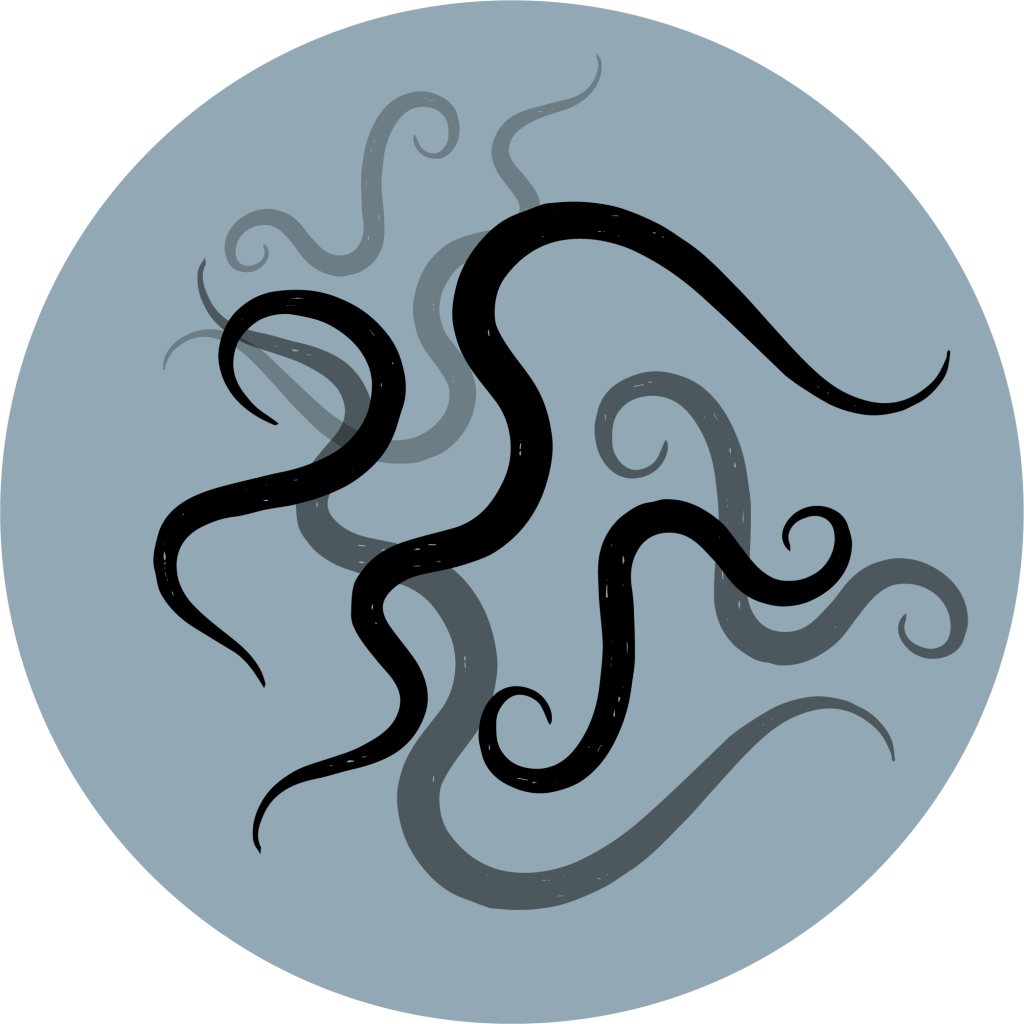
Dirofilariasis
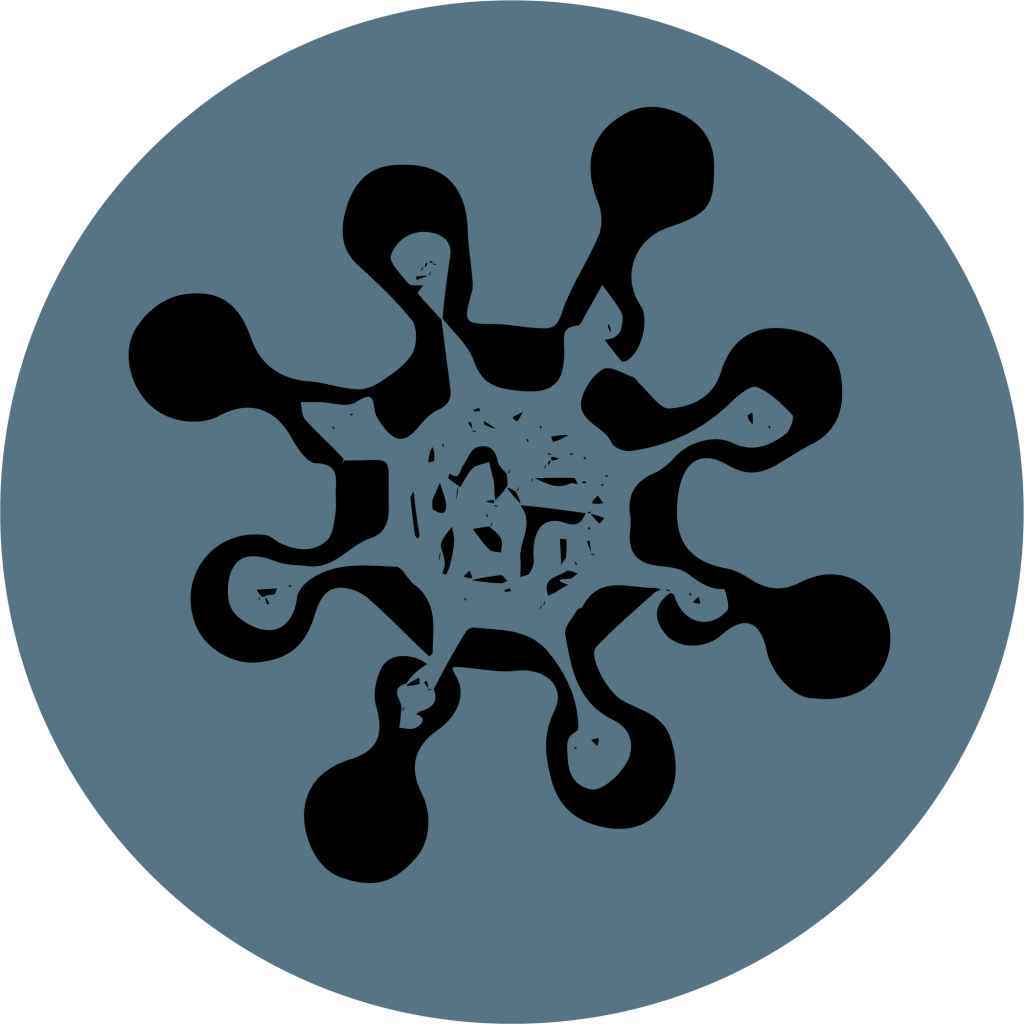
West Nile Fever

